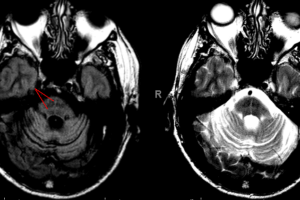
Multi-systems atrophy is a progressive neurodegenerative disorder often initially difficult to differentiate from Parkinson’s Disease. Patients present with autonomic instability (fainting due to orthostasis, fluctuating heart rate, urinary incontinence or difficulty emptying... Read more »
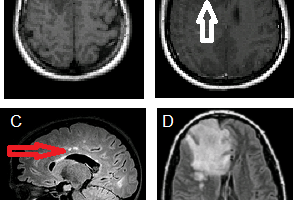
Tumefactive multiple sclerosis (MS) is an unusual but important manifestation of multiple sclerosis. Read more »
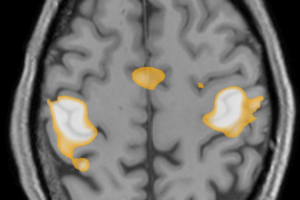
Functional MRI (fMRI) is a new imaging modality that allows for dynamic evaluation of brain function in addition to structure. In the brain, blood flow is tightly coupled to neuron function. Read more »
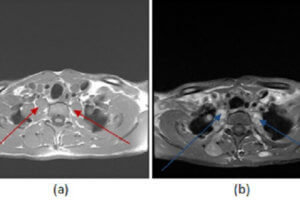
Also known as Von Recklinghausen’s disease, neurofibromatosis (NF) is an inherited neurocutaneous syndrome with systemic manifestations, the most notable of which is the occurrence of multiple neurofibromas. Read more »

Neoplasms of the astrocytes (astrocytomas), are the most common form of primary brain neoplasm. The prognosis for astrocytomas depends on their grade and is better for low grade than high grade neoplasms. Read more »
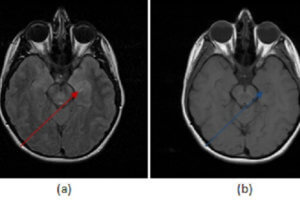
Herpes simplex virus type 1 (HSV-1) is a prevalent virus with an affinity for the nervous system. Reactivation of the virus within the brain parenchyma either directly or through retrograde spread along... Read more »

What is brain MR spectroscopy used for? MR spectroscopy gives a chemical profile of a region of brain. This is useful in differentiating normal brain tissue from tumor, regions with ischemia, or... Read more »
